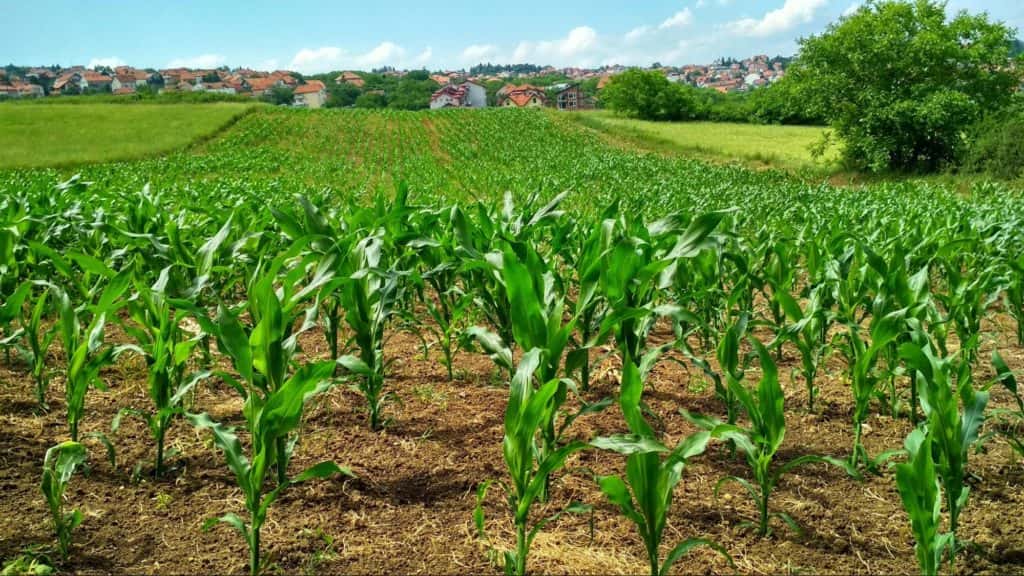The Green Revolution, a period of rapid agricultural innovation that spanned the mid-20th century, revolutionized global food production and had a profound impact on the world. This period witnessed the development and widespread adoption of high-yielding crop varieties, the increased use of fertilizers and pesticides, and the expansion of irrigation infrastructure.

The Origins of the Green Revolution
The Green Revolution was largely driven by the need to increase food production to feed a rapidly growing global population. In the mid-20th century, many countries, particularly in Asia and Africa, were facing food shortages and widespread hunger. Scientists and agricultural experts sought to address this challenge by developing new agricultural technologies and practices.
Key Innovations of the Green Revolution
Several key innovations contributed to the success of the Green Revolution:
- High-yielding varieties (HYVs) of crops: Plant breeders developed new varieties of crops that were more resistant to diseases, pests, and adverse weather conditions and produced higher yields.
- Increased use of fertilizers and pesticides: The use of chemical fertilizers and pesticides helped to increase crop yields and control pests and diseases.
- Expansion of irrigation infrastructure: The expansion of irrigation infrastructure made it possible to grow crops in areas that were previously unsuitable for agriculture.
The Impact of the Green Revolution
The Green Revolution had a significant impact on global food production. It helped to increase food production dramatically, leading to a decline in global hunger and poverty. It also contributed to economic growth in many developing countries.
However, the Green Revolution also had some negative consequences. The increased use of chemical fertilizers and pesticides led to environmental 1 pollution and soil degradation. The Green Revolution also contributed to the displacement of small farmers and the loss of agricultural biodiversity.
The Legacy of the Green Revolution
The Green Revolution is a complex and controversial topic. It has had a profound impact on the world, both positive and negative. Today, scientists and policymakers are working to build on the successes of the Green Revolution while addressing its limitations.
The next generation of agricultural innovation, often referred to as the “Green Revolution 2.0,” is focused on developing sustainable and resilient agricultural practices that can help to feed a growing global population while protecting the environment. This includes the development of drought-resistant crops, the use of precision agriculture technologies, and the promotion of agroecological practices.
The Green Revolution is a reminder of the power of human innovation to address global challenges. As we move forward, it is important to learn from the successes and failures of the Green Revolution to ensure that future agricultural innovations are sustainable and equitable.
Conclusion
The Green Revolution was a pivotal moment in human history, transforming the way we produce food and shaping the world we live in today. While it brought about significant benefits, it also had its drawbacks. As we move forward, it is essential to build on the lessons of the Green Revolution to create a more sustainable and equitable food system for all.
I hope this article has given you a better understanding of the Green Revolution and its impact on the world. If you would like to learn more, I encourage you to do some research on your own.



